Vesna tape recorders: history and the best models
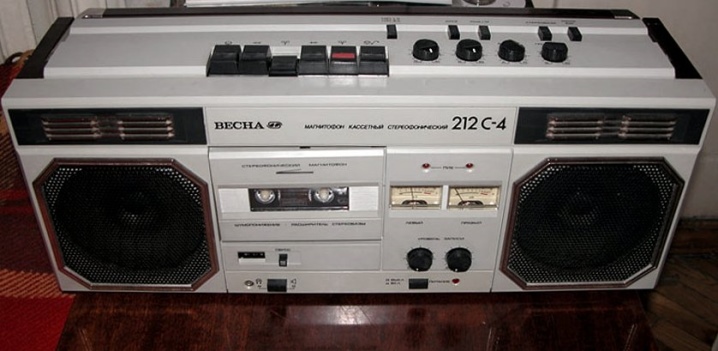
In this article we will tell you about the truly iconic Soviet cassette tape recorder "Vesna", which was released instead of the usual reels. In the 70s, it was very common among young people.
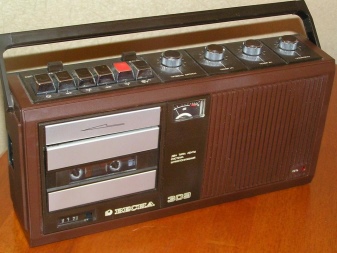
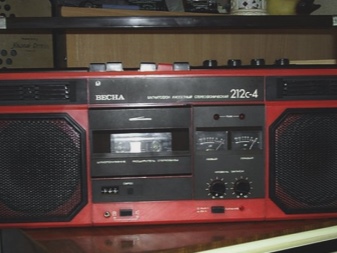
Brand history
The production of cassette sound reproducing devices of the Vesna series was undertaken by the Ukrainian company Iskra in 1963. The cost of this device at that time was truly astronomical. For to purchase such a product, an ordinary employee of a research institute in the USSR would have to work for a whole month - for "Spring" they asked for about 200 rubles. Despite such a high price, the quality of sound reproduction was pretty lame, so this technique was popularly nicknamed "noise reproducer".

The Vesna engine at that time became a real headache for the creators of technology, so after a few years they were forced to abandon the technologically complex motor and replace it with a standard Japanese collector motor. Exactly a new tape recorder of the Vesna-305 series was presented to consumers, and a few years later the production of Vesna-306 with a three-phase brushless motor was opened in Zaporozhye. A distinctive feature of the latest models was the presence of a two-speed mode of operation - 4.76 and 2.38.
All the models produced were in consistently high demand, since these tape recorders worked on batteries, and they could be taken with you on vacation without hindrance. It was on such equipment that the performers of the author's song recorded their concerts. This technique was durable, therefore, on the basis of these devices, another series of cassette recorders was later created, including such well-known models as "Ritm-202" and "Karpaty-202".
Nowadays, the “Vesna” tape recorders are in high demand among collectors of rare radio products.
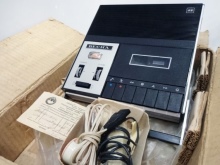

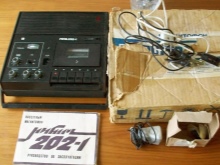
Features of tape recorders
The Vesna tape recorder operates on its own loudspeaker and, depending on the model, can be monaural or stereo. The reproduced sounds vary up to 10,000 Hz, and the nominal power at the output of the built-in amplifiers for the speakers is 0.8 W, for the external speakers - 2x3 W.
On the eve of the 1980 Olympic Games, which were held in Moscow, the “Olympic” attribute was added to the name of the produced Vesna models, which increased the price of the cassette player many times over.

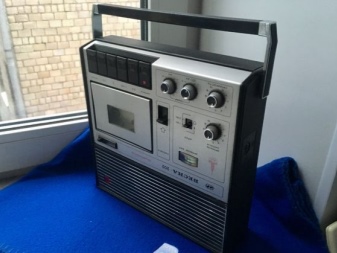
The design of the tape recorder was quite attractive for the time. Until 1978, the plastic case was glued on the back and on the sides with a decorative film with a wood-like texture, and since 1978 it began to be produced in ordinary plastic with the addition of elements of aluminum decor.
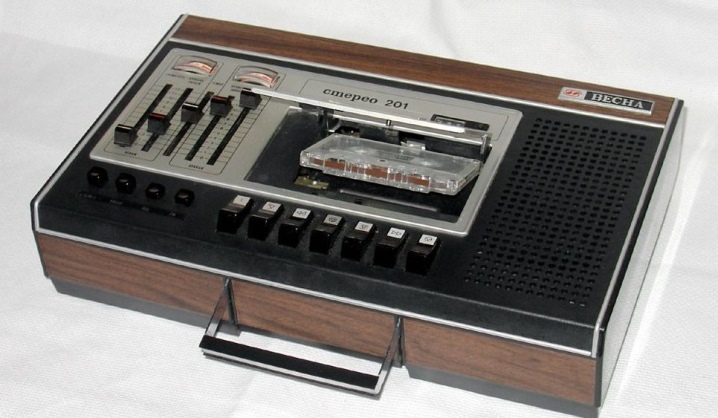
Top Models
Vesna's tape recorder was reissued several times. The following models are most popular among users.
"Spring"
The very first reel-to-reel tape recorder of the Vesna series. Two-track, the speed of rotation of the tape is 9.53 cm / s, for sound reproduction, standard coils No. 10 are installed (size is about 100 mm). Each holds 100 m of tape with a thickness of about 55 microns - this made it possible to listen to up to 18 minutes of music recording on each track without stopping.
Reproducible frequencies in the range from 100 to 6000 Hz, output power - 1 W. The device was powered by 10 batteries with a standard size of 373, their charge was enough for 6-8 hours of continuous operation. Supported the unit to work from an external source with a voltage of 12 W. The electronic module included 11 germanium transistors and 5 semiconductor diodes.
The tape recorder had a stamped body made of sheet steel. Product dimensions - 340x250x130 mm, weight - 5.5 kg. When it went on sale, it was completed with a microphone, an external battery and a leatherette carrying bag.
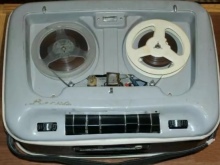
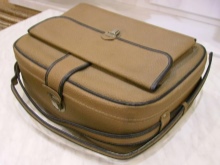
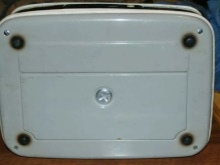
"Spring-2"
This model was launched in 1965. Visually, it differed only in the inscription, but the quality of reproduction of the second "Spring" was much higher. So, the reporting range was expanded to 10,000 Hz, and the tape drive engine was replaced with a much more powerful one. The model was produced until 1967, there are even products released for the 50th anniversary of the Great October Socialist Revolution in a jubilee design.
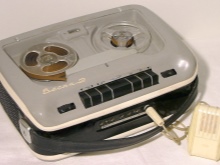
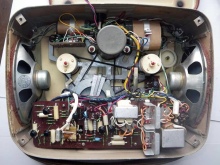
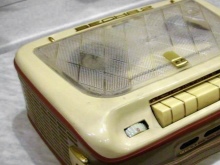
It came at retail with a price of 190 rubles. For comparison, tube models in those years were sold for 100-110 rubles. It is this "Spring" that can be seen in the movie "The Caucasian Captive", which the viewer has loved, (the equipment is installed in the "dance school" of Trus and Experienced), as well as in the film "Old acquaintance", where the main character Nikadilov uses such equipment during an operation called "Bush".

"Spring-202 Olympic"
"Spring-202" was presented in 1977, it was no longer referred to the third, but to the second class of sound reproduction. The acoustic parameters of the equipment remained the same, but the equipment of the tape recorder itself became much richer - added noise reduction options, separate tone controls for low and high frequencies, as well as a switchable recording quality adjustment function and tape counter. A pair of K237 category hybrid microcircuits was used in the working circuit.
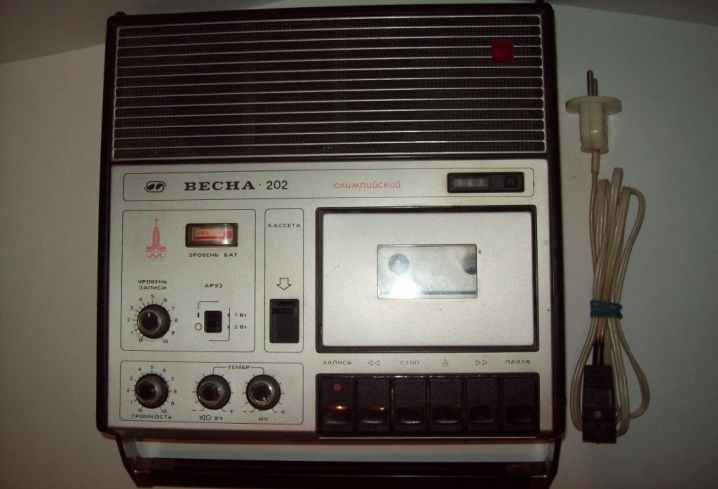
In 1983, the production of the "Spring-200-1" model was mastered, as well as the improved Spring "205-1", the distinctive features of which are the output amplifier based on the integrated circuit and the hitchhiking. At that time, similar tape recorders were produced at the Carpathian Radio Instrument Plant (they were named "Karpaty-202" and "Karpaty 202-1"), as well as in Perm (they are better known as "Ritm-202" and "Ritm-202-1" ). The total circulation of this series of "Vesna" was 2 million units.


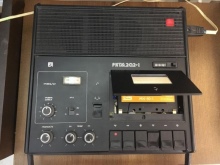
"Spring-212"
Stereo tape recorder of the second category of complexity with a built-in loudspeaker. It was produced from 1985 to 1990 in several modifications. According to individual technical characteristics, such as a block for installing a tuning scale for equipment, it can be assumed that initially this model was most likely conceived as an ordinary radio tape recorder, but for one reason or another, the radio transmitter was not inserted into it. Although home craftsmen quite successfully installed a board with an FM tuner and a stereo decoder into this unit.

In the 80s, the Soviet buyer was invariably drawn to everything foreign and new; in those years, two-cassette tape recorders were the ultimate dream for our people. They were expensive, but nevertheless they sold out very quickly. For some reason, the radio-electronic industry of the Soviet Union did not strive to establish the production of such products for a long time, but taking into account the needs of the market, in 1989 it was decided to produce a series of "Spring-225-stereo" tape recorders.
It was the first domestic two-cassette tape recorder.

In terms of their technical characteristics, they were significantly inferior to their Western counterparts, but the ordinary Soviet person was satisfied with everything, so the model remained popular for many years.
"Spring-305"
"Spring-305" was called the first folk cassette player, in which manufacturers abandoned an overly complex engine and replaced it with a collector motor. This model was in great demand, however, despite the improvements, the quality of noise reproduction remained not very high. The fact is that the lack of practical experience in the manufacture of brushless AC motors and the poor build quality of the 305 model made up for the unconditional advantages of the motor.
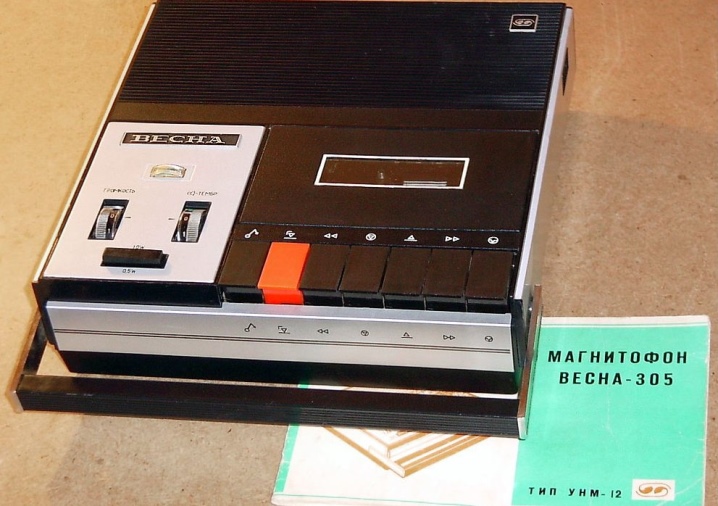
"Spring-306"
The "Vesna-306" tape recorder was characterized by a slightly greater battery life in comparison with the "Spring-305", in addition, the model was distinguished by lower power consumption and higher sound quality. The RPM stability was higher, so the fidelity was also more accurate.
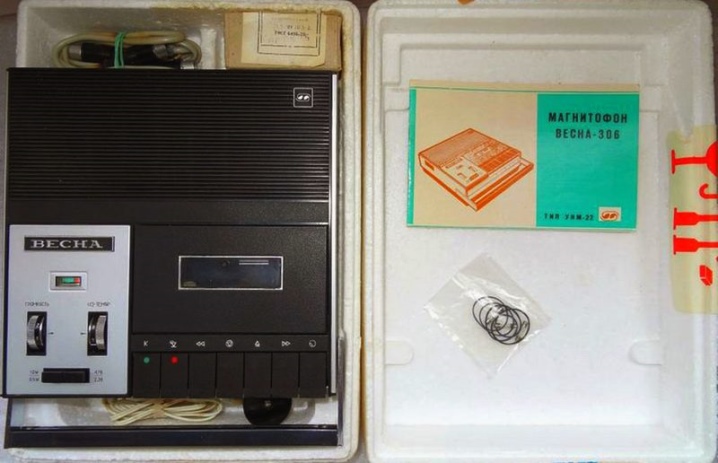
However, despite all the obvious advantages of the 306, the Spring-305 was recognized as a popular favorite.
Visually, both devices looked quite attractive, despite the fact that in those years, engineers were not always able to give sound-reproducing equipment a stylish look. This tape recorder received a rather thin body and light weight - about 2.25 kg.
Such devices combined the most successful technological solutions of that time. So, inside there is a Hungarian-made three-pin BRG head, but the most important thing is the presence of an electronically controlled contactless motor, which in those years was considered a fairly progressive technology. Thanks to this type of control, the tape recorder acquired the option of switching the speeds of the tape movement, this method was considered durable and gave speed stability thanks to the built-in speed sensor.
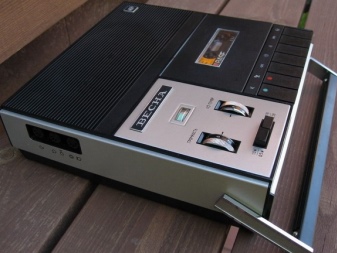

Besides, "Spring-305" and "Spring-306" had a few more pleasant options. Firstly, it is the possibility of fixing the cassette using a spring mechanism and special guides. Cassettes equipped with a similar system were distinguished by much higher acoustic parameters.
Secondly, despite the modest dimensions, the tape recorders had a built-in power supply unit - for comparison, in the same popular in those years "Electronics-302" cassette, the power supply unit was portable.
Thirdly, the tape drive mechanism provided for a pair of flywheels - thanks to this, it was possible to level the vibrations of the tape during sound reproduction in transport or on the move.
Further, see the review of the "Spring-306" tape recorder.
"Spring-204"
This is the only radio tape recorder produced under the Vesna brand in 1980. It is considered a collector's item these days. It functions in several ranges and has dimensions of 360x270x100 mm. In those years, it was sold at a price of 350 rubles.
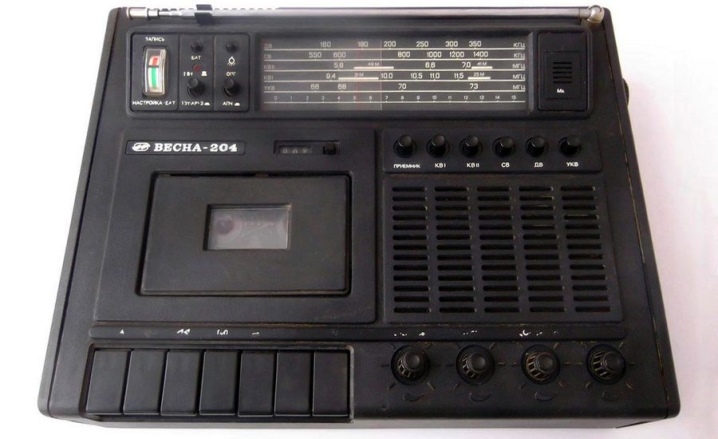
Unfortunately, few tape recorders of these series have survived to our times in a working condition, so it is very problematic to find them on sale.













And then the market of the former Soviet Union was flooded with products of Korean and Chinese production, technologically primitive, but cheap, and its production was bent.
The comment was sent successfully.